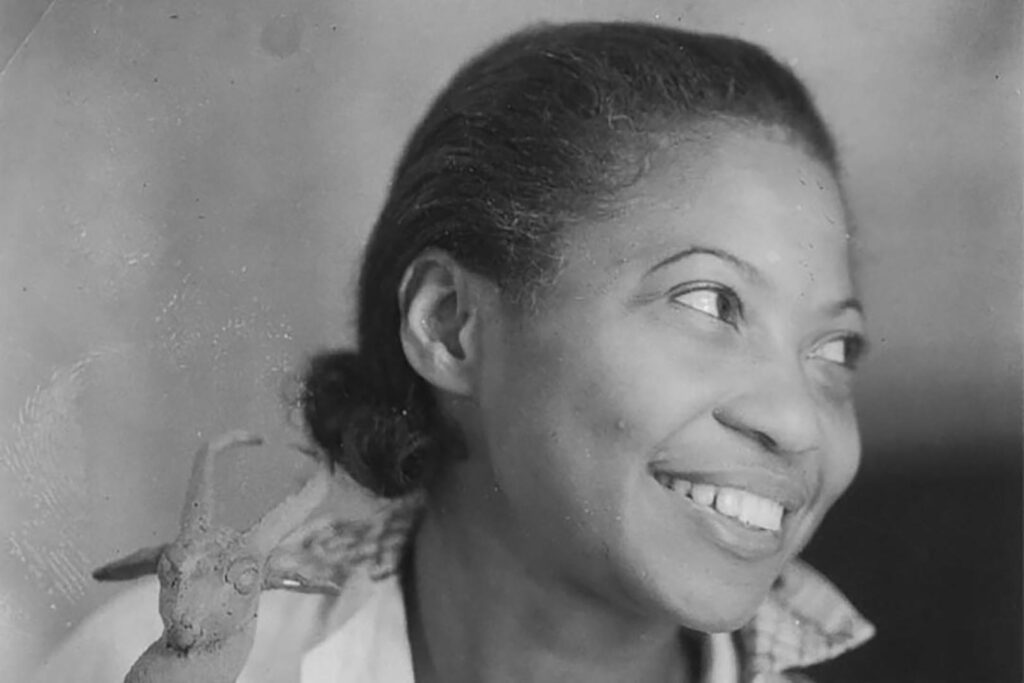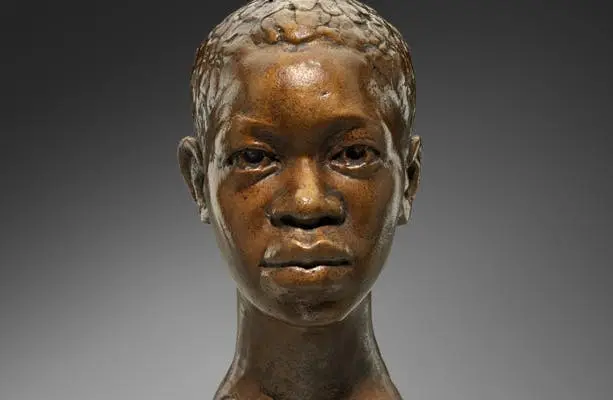Augusta Savage, a trailblazing sculptor and educator, left an indelible mark on the art world during the Harlem Renaissance.
Born Augusta Christine Fells on February 29, 1892, in Green Cove Springs, Florida, she overcame early adversity to become one of the most influential Black artists of the 20th century.
Her work not only captured the essence of Black life and culture but also paved the way for future generations of artists.
Savage’s love for sculpting emerged early, despite facing strong opposition from her father, a Methodist minister. Undeterred, she pursued her passion and gained recognition after winning a special prize for her clay figures at the West Palm Beach County Fair in 1919.

Encouraged by this success, she moved to New York City with just $4.60 to her name, determined to refine her craft.
She enrolled at the Cooper Union School of Art, where she completed a four-year program in just three years. During the Harlem Renaissance, Savage gained prominence for her striking portrait busts of influential figures such as W.E.B. Du Bois and Marcus Garvey.
Her sculpture Gamin, a bust of her nephew, earned her a prestigious Julius Rosenwald Fellowship, allowing her to study in Paris, where she exhibited at the Salon d’Automne and the Grand Palais.

Beyond her own artistic achievements, Savage was a dedicated teacher and mentor. She established the Savage Studio of Arts and Crafts in Harlem and became the first African American member of the National Association of Women Painters and Sculptors in 1934.
Her impact extended further when she became the first director of the Harlem Community Art Center in 1937, nurturing young Black artists who would go on to shape American art.
Her most famous work, The Harp, was commissioned for the 1939 New York World’s Fair. Inspired by James Weldon Johnson’s poem Lift Every Voice and Sing, the monumental sculpture depicted twelve Black singers forming the strings of a harp, with the hand of God as the sounding board. Despite widespread acclaim, the sculpture was tragically demolished due to a lack of funds for preservation.

Following the closure of the Harlem Community Art Center and financial struggles, Savage withdrew from the art scene and moved to Saugerties, New York, in 1945.
Though her artistic output slowed, she continued to inspire through teaching and occasional sculpting. She passed away in 1962, but her legacy endures through the countless artists she mentored and the timeless beauty of her work.
Augusta Savage’s contributions to art and education continue to inspire new generations, affirming her own belief: “If I can inspire one of these youngsters to develop the talent I know they possess, then my monument will be in their work.”
